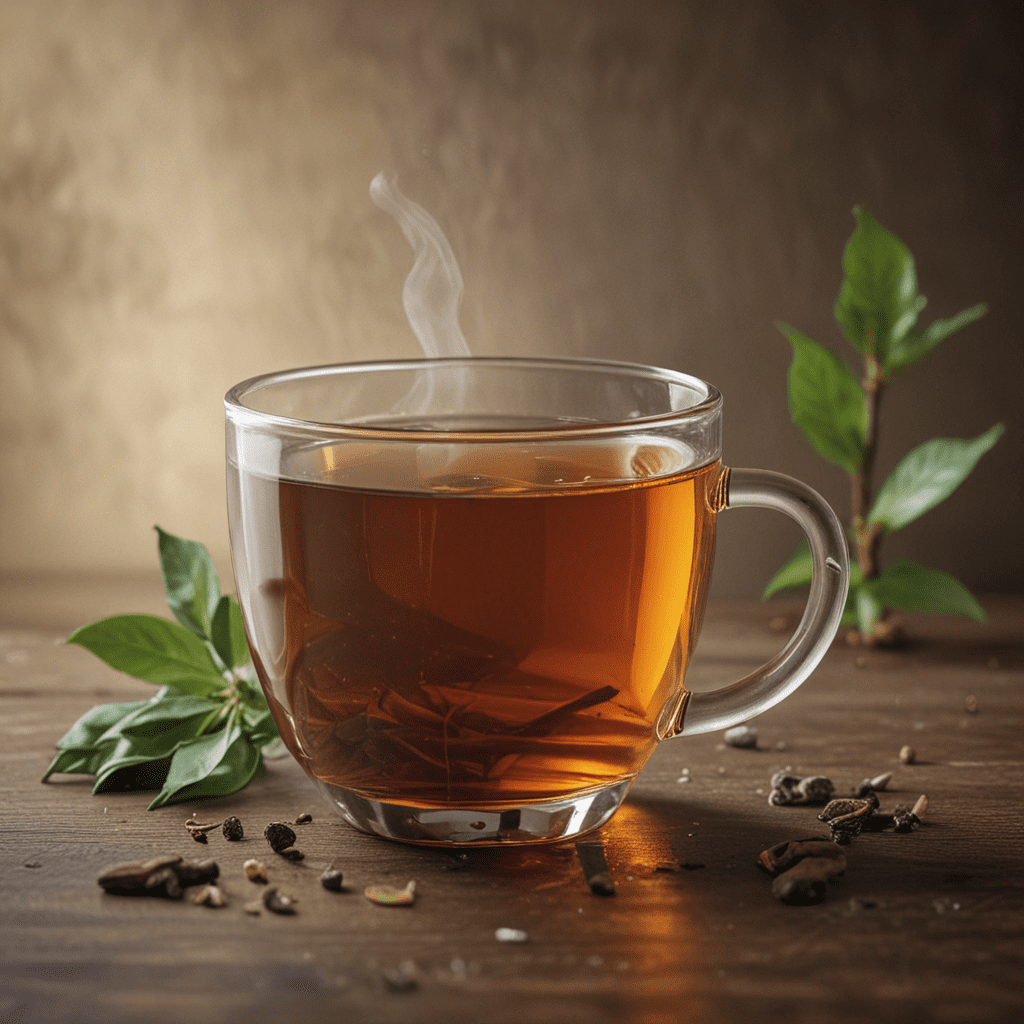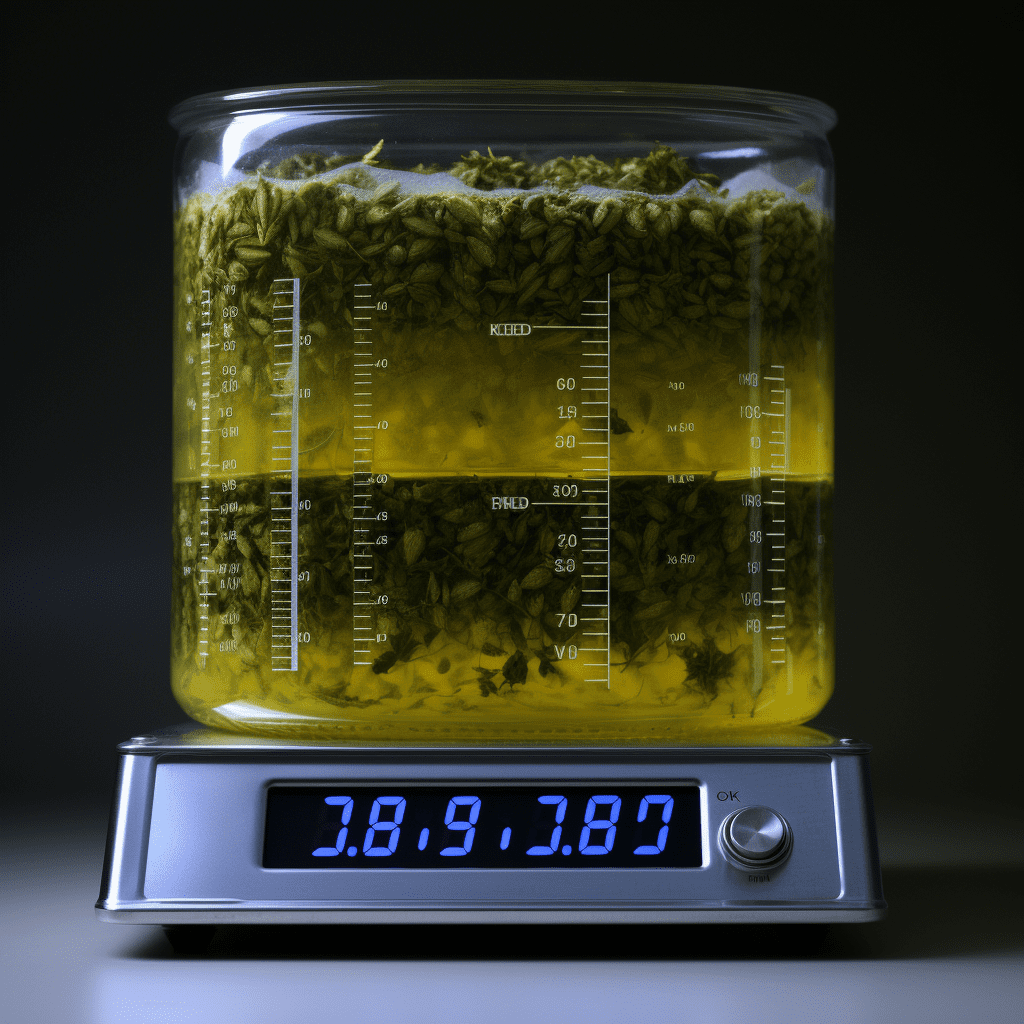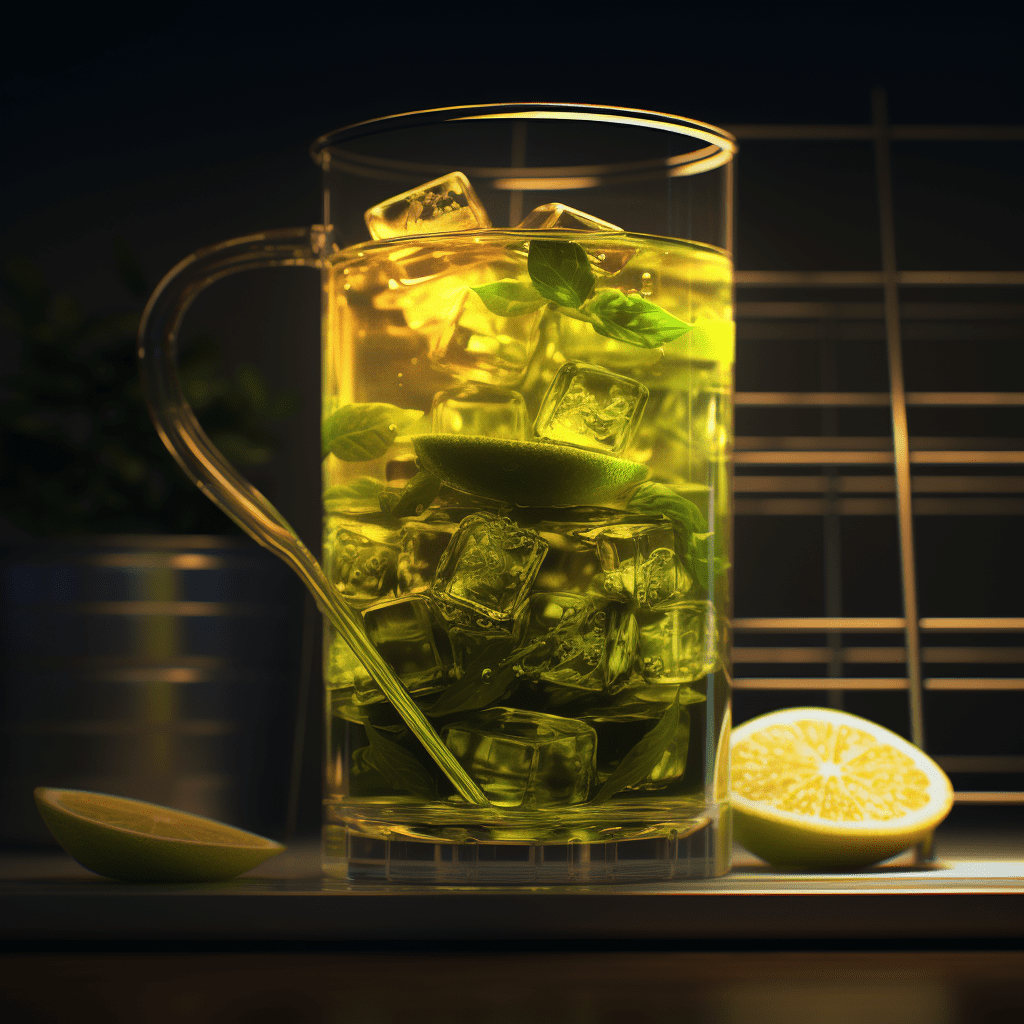
1. Introduction
Darjeeling tea, renowned for its exquisite aroma, vibrant color, and delicate flavor, has captivated tea enthusiasts worldwide. This iconic tea, grown in the picturesque foothills of the Himalayas, embarks you on a culinary adventure, promising an unforgettable sensory experience. Its unique characteristics, steeped in history and terroir, have elevated Darjeeling tea to the pinnacle of tea excellence.
2. History of Darjeeling Tea
The origins of Darjeeling tea can be traced back to the 1840s when the British introduced tea plants to the region. The favorable climate and rich soil of Darjeeling proved ideal for tea cultivation, fostering the growth of a thriving industry. Over the years, Darjeeling tea has gained international acclaim, becoming synonymous with quality and luxury.
3. Unique Terroir: The Secret to Darjeeling's Flavor
Darjeeling's distinctive flavor profile is attributed to its unique terroir, a combination of geographical and climatic factors that influence the tea's characteristics. The region's high altitude, abundant rainfall, and well-drained soil create an optimal environment for tea bushes to flourish. The interplay of these factors imparts Darjeeling tea with its characteristic muscatel flavor, often described as having notes of ripe fruit, flowers, and a hint of spice.
4. Varieties of Darjeeling Tea: A Journey of Flavors
Darjeeling tea is classified into various grades based on its quality, with each grade offering a distinct flavor experience. The most sought-after grades, such as First Flush and Second Flush, are known for their exceptional aroma and delicate taste. First Flush teas, harvested in early spring, exhibit a light and floral character, while Second Flush teas, plucked in the summer, showcase a bolder and more robust flavor.
5. The Art of Brewing the Perfect Cup of Darjeeling Tea
To fully appreciate the nuances of Darjeeling tea, proper brewing is essential. The ideal water temperature for brewing Darjeeling tea ranges between 180-195°F (82-90°C). Use freshly drawn spring water to avoid any impurities that can alter the tea's delicate flavor. Steep the tea leaves for 3-5 minutes, depending on your desired strength. Over-steeping can result in bitterness, so it's important to monitor the brewing time carefully.
6. Culinary Pairings: Elevate Your Tastings
Darjeeling tea offers a versatile flavor profile that complements a wide range of culinary creations. Its delicate floral notes harmonize well with light and savory dishes, such as grilled poultry, fish, or salads. For a sweeter treat, pair Darjeeling tea with scones, pastries, or fruit tarts. The tea's subtle sweetness enhances the flavors of these confections without overpowering them.
7. Health Benefits: A Tea with Therapeutic Properties
Beyond its exquisite taste, Darjeeling tea boasts an array of health benefits. Its high concentration of antioxidants, including polyphenols and flavonoids, contributes to its antioxidant and anti-inflammatory properties. Studies suggest that regular consumption of Darjeeling tea may reduce the risk of cardiovascular disease, improve cognitive function, and boost the immune system.
8. Sustainable Practices in Darjeeling Tea Cultivation
Darjeeling tea farmers are committed to sustainable practices that preserve the region's delicate ecosystem and ensure the longevity of tea production. Many estates have adopted organic farming methods, reducing their reliance on chemical fertilizers and pesticides. Water conservation initiatives and reforestation efforts further contribute to the sustainability of Darjeeling tea cultivation.
9. Exploring Darjeeling's Tea Trails: An Unforgettable Journey
Immerse yourself in the captivating world of Darjeeling tea by embarking on a guided tour of the region's tea plantations. Wander through lush tea gardens, learn about the intricate process of tea cultivation, and witness the skillful hands of tea pluckers. At the end of your tour, indulge in a freshly brewed cup of Darjeeling tea amidst the serene surroundings of the tea estates.
10. Conclusion: The Timeless Appeal of Darjeeling Tea
Darjeeling tea, with its distinctive flavor profile, historical significance, and proven health benefits, has solidified its place as one of the world's most exceptional teas. Its unique terroir, skilled cultivation practices, and commitment to sustainability ensure that Darjeeling tea continues to captivate tea lovers for generations to come. Whether savored as a refreshing beverage or enjoyed as a culinary accompaniment, Darjeeling tea offers an unforgettable sensory experience that transcends time and taste.
FAQs:
- What is the ideal brewing time for Darjeeling tea?
3-5 minutes, depending on your desired strength.
- What is the difference between First Flush and Second Flush Darjeeling teas?
First Flush teas are harvested in early spring and have a light and floral character, while Second Flush teas are plucked in the summer and showcase a bolder and more robust flavor.
- Is Darjeeling tea organic?
Many Darjeeling tea estates have adopted organic farming practices, reducing their reliance on chemical fertilizers and pesticides.
- What are the health benefits of Darjeeling tea?
Darjeeling tea is high in antioxidants and has anti-inflammatory properties. It may reduce the risk of cardiovascular disease, improve cognitive function, and boost the immune system.
- Can I visit the tea plantations in Darjeeling?
Yes, guided tours of the tea plantations are available, allowing you to learn about the cultivation process and indulge in freshly brewed Darjeeling tea.

